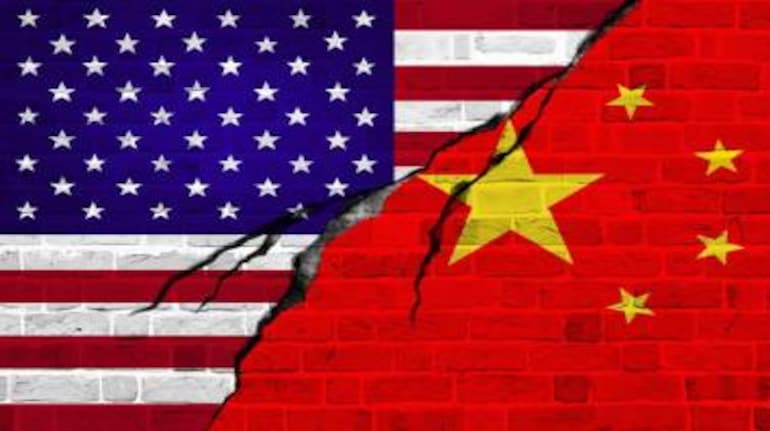
The ongoing tensions between China and the United States are affecting the interest of US companies’ investments in the Asian nation, Michael Hart, President of the American Chamber of Commerce in China (AmCham China), said. Earlier this month, AmCham China launched the 25th annual China Business Climate Survey (BCS) Report. The report highlighted a slightly pessimistic outlook for US companies in China, underpinned by the declining willingness of AmCham China members to increase investment in China.
The trade war and other disagreements have made business very challenging, with a majority of AmCham China’s more than 900 members no longer regarding China as a top-three investment priority, according to the latest survey findings by AmCham China.
The percentage of companies which see the “uncertainty of bilateral relations” as their leading challenge in China has risen to 66 percent. At the same time, the number of companies which think that China has become less welcoming to foreign companies has grown to 49 percent, the survey found.
Although trade between the two countries reached a record high of $690.6 billion in 2020, 66.4 percent of US imports from China and 58.3 percent of Chinese imports from the US are subjected to tariffs with little sign that either side will reduce the rates.
In addition, more US companies are looking to move their supply chains outside of China. However, China’s economic growth and the giant Chinese consumer market still make it a tempting prospect for US firms. AmCham China members include some of the most successful companies in the US, such as Nike, Intel, Pfizer and Coca-Cola.
Trade has been at the heart of the relationship between China and the US since President Deng Xiaoping opened up the country to foreign companies in December 1978.
Although corporate pessimism over the current state of the US-China relationship reflects a few tumultuous years, companies are also dealing with travel becoming more difficult, rising labour costs, executives who are “just not willing” to take up assignments in China, political pressure, and China becoming a less predictable place to do business.
According to Eswar Prasad, professor of global trade policy at Cornell University and former head of the International Monetary Fund’s China Division, the mutual dependence between China and the US has implications for the health of the entire global economy. China needs many products, especially technology products from the US, and the US has many companies that run their supply chains through China. If the US starts withdrawing from engagement with multilateral institutions, that does not bode well for global governance.
The souring US-China relationship also means that a growing number of US companies are looking at moving their supply chains outside of China. However, that will only have a limited impact on getting around the US-China tensions. Even if the US succeeds in building up an alternative supply chain, that alternative one will still largely depend on China. Those other countries will still rely on China for components, especially in industries such as green energy, medical technology and electronics. While firms are not shunning the South Asia nation altogether, they are trying to de-risk their supply chain, having more of a China plus one strategy and realising that they can no longer rely on the country.
While national security concerns between the two nations have led to a growing number of measures by the Biden administration to try and stop China from accessing US technology, including trying to limit new investments in the country by US companies, this comes against a backdrop of China still wanting US companies to invest in the nation.
The giant Chinese consumer market is probably the place where US firms remain the most optimistic, with McDonald’s, Starbucks and Ralph Lauren all having major Chinese expansion plans in the pipeline. It is hence still to be seen how the two leading economic superpowers of the world in the US and China resolve their ongoing issues and bring much-needed stability to the global economy.